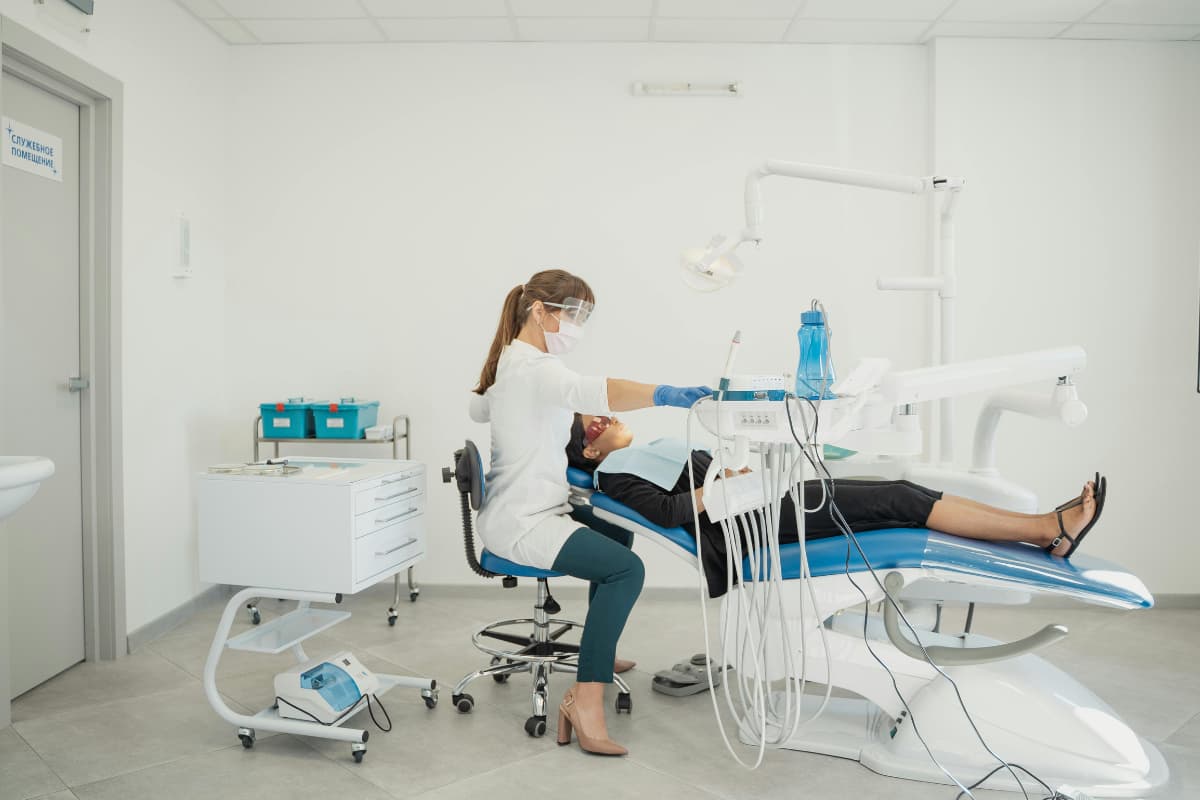Since their official approval in 2019, digital health applications, also known as DiGA apps, have been available in Germany. Despite this availability, awareness of it among the population is still limited. Germany was the first country in the world to introduce digital medical applications, which appears surprising given the rather slow digital development in the German bureaucracy. But what exactly does the term DiGA app mean, what advantages do they offer doctors and patients and how are they correctly prescribed and billed? We'll explain.
What are DiGA apps?
DiGA stands for digital health application and is prescribed on prescription. This is an application in the form of an app or a web application that the patient can use conveniently with their smartphone, tablet or laptop. This application is used for a variety of purposes, such as monitoring symptoms or reminding you to take medication regularly.
The legal basis for the DiGA app is Digital Supply Act (DVG). This gives patients the right to the DiGA app and the corresponding reimbursement of costs by health insurance companies. However, this only if they are officially from Federal Institute for Drugs and Medical Devices (BfArM) has been checked and is listed in the DiGA apps directory.
The officially approved digital health applications are therefore different from conventional health apps, fitness trackers and similar applications. The latter have not been checked by the BfArM and are freely accessible to everyone in the App Store.
On which platforms are DiGA apps available?
DiGA apps are available for download for Apple iOS from the Apple App Store. DigAs for Android can be downloaded from the Google Play Store. Web applications that are browser-based are activated directly on a website. To activate every DiGA, the health insurance activation code is required.
DiGA apps can help with these diseases
Digital health applications are used for a wide range of conditions, including tinnitus, depression, and diabetes. One example of this is the ability for diabetics to transfer the data they have collected using their blood glucose meter and insulin pen directly to a DIGA app such as Esysta.

Patients can then easily share this data with their doctor as needed. This makes time-consuming manual entries in booklets a thing of the past.
DIGA directory: Find the right app for your patients
Since DiGA apps are subject to government audits, there is an official directory in which all apps of this type are listed. As can be seen in the screenshot on the left, the applications can be filtered by various areas of application:

The applications are marked either “Temporarily included” or “Permanently included.” With the term “provisionally included”, the positive influence of the app on the patient's health has yet to be proven. According to this label, the provider has a period of 12 to a maximum of 24 months to collect valid data and confirm the positive effect of the app.
On the other hand, if the app is already marked as “Permanently included”, the manufacturer has already proven that its app has a positive impact on the patient's health.
Costs for DiGA apps
The average price for a DiGA app is around 400 euros per quarter, like a Evaluation by the National Association of Health Insurance Funds has surrendered. Around 30 apps are currently officially approved, which cost around 120 to almost 750 euros for three months. Statutory health insurance companies regard this price level as sometimes too high and the cost structure too opaque. This is because they have to pre-finance the apps for up to two years — even if it turns out later that the app has no significant positive effect on patients.

How to prescribe DiGA apps on prescription
If you, as a doctor, consider it useful to use a digital health application for a patient, you can use the app with the prescription form pattern 16 prescribe that they normally use for medicines and supplies.
Here you fill out the usual formalities and enter the pharmaceutical central number (PZN) of the respective app. The PZN can be found in the DiGA apps directory under “Information for professionals”:

If you scroll down this page a bit further, you will find the number under “Regulation” in a box highlighted in color:

Please note: If there are different application periods available, individual PZNs (pharmaceutical central number) can also be assigned for each!
After your patient has received the completed prescription, they contact their health insurance company. The insurance company checks the prescription and then creates a specific prescription code. Using this code, your patient can now download the Digital Health Application from the App Store.
Billing of digital health applications
After you have prescribed the appropriate DIGA app for your patient, the only thing that remains is to be billed. The remuneration for the initial ordinance of a DiGA was limited to December 31, 2022. From this date, GOP 01470 and flat rate 86701 are no longer separately billable. The remuneration reflected the special requirements of medical prescription in the introductory phase of DiGA as a new form of care.
From January 1, 2023, the issuance of an initial ordinance for a DiGA was integrated into Annex 1 of the EBM and is therefore part of the insured and basic lump sums as well as other benefits provided by EBM.
The personal names used in this article always refer equally to all persons. Dual naming and alternate names are omitted in order to improve readability.












